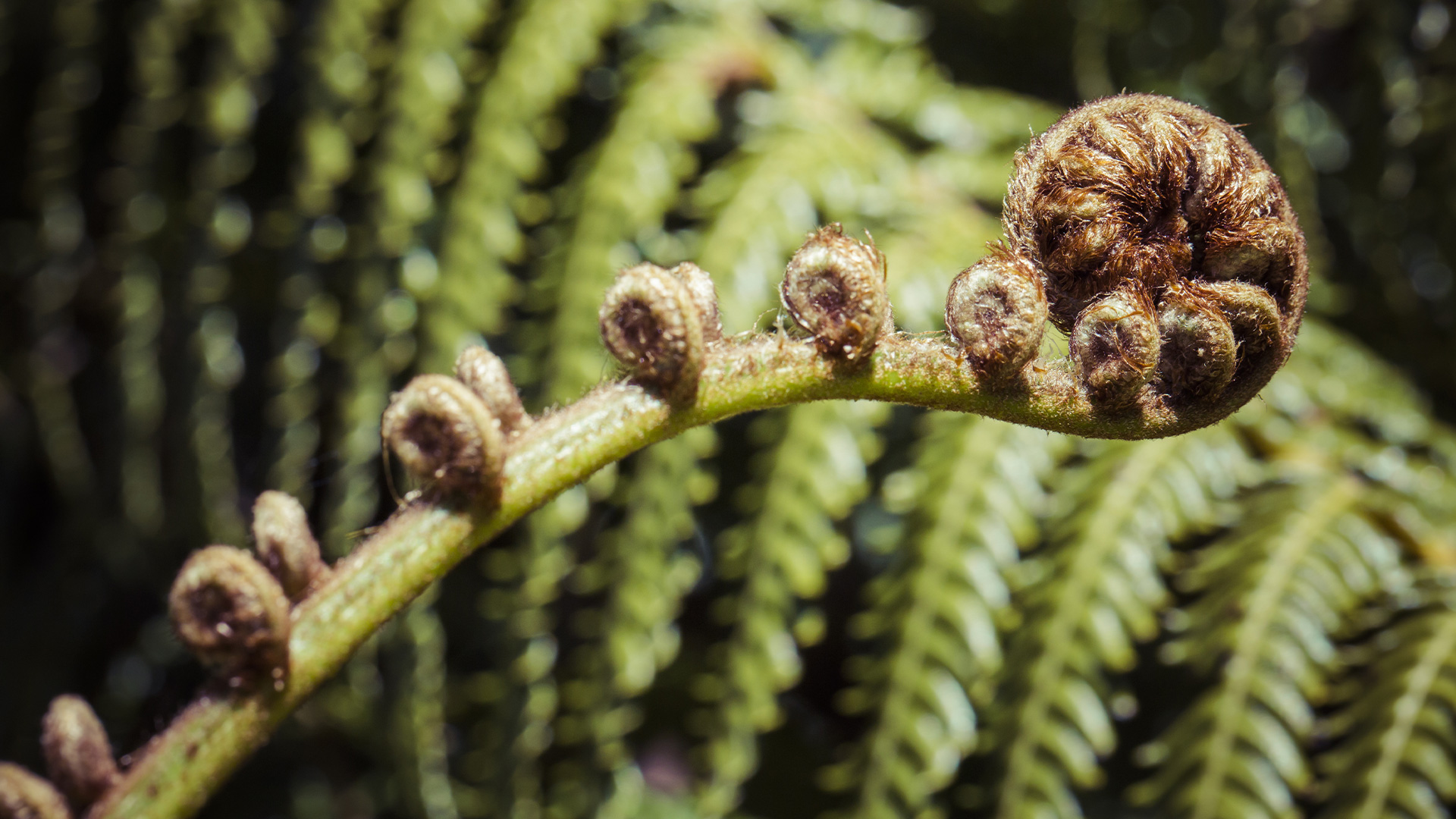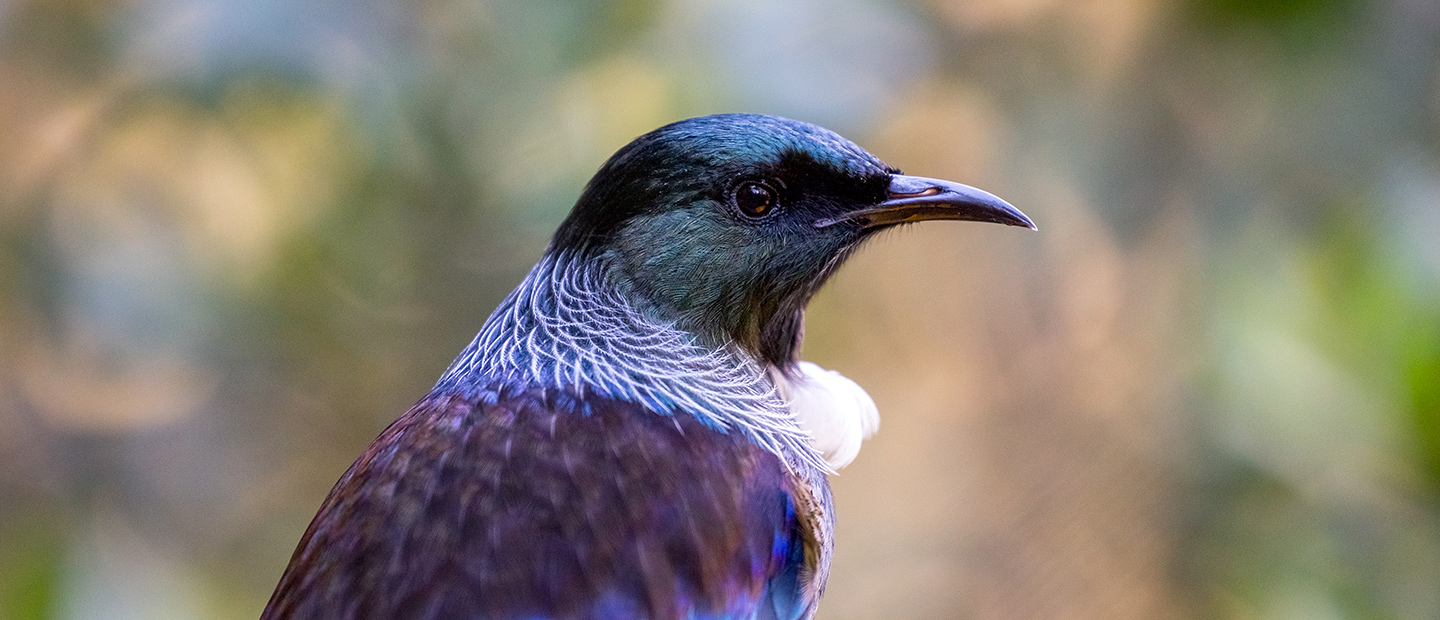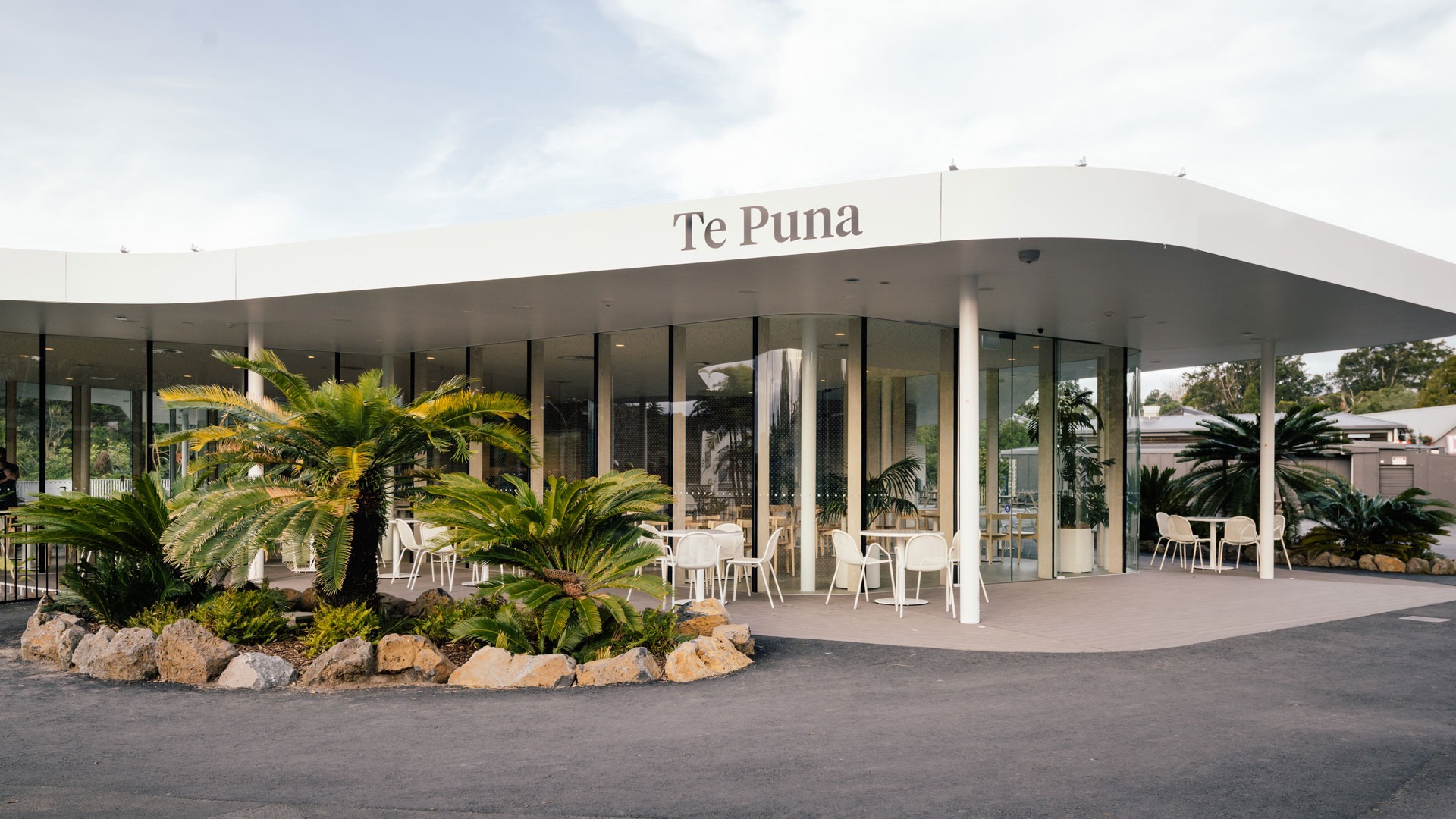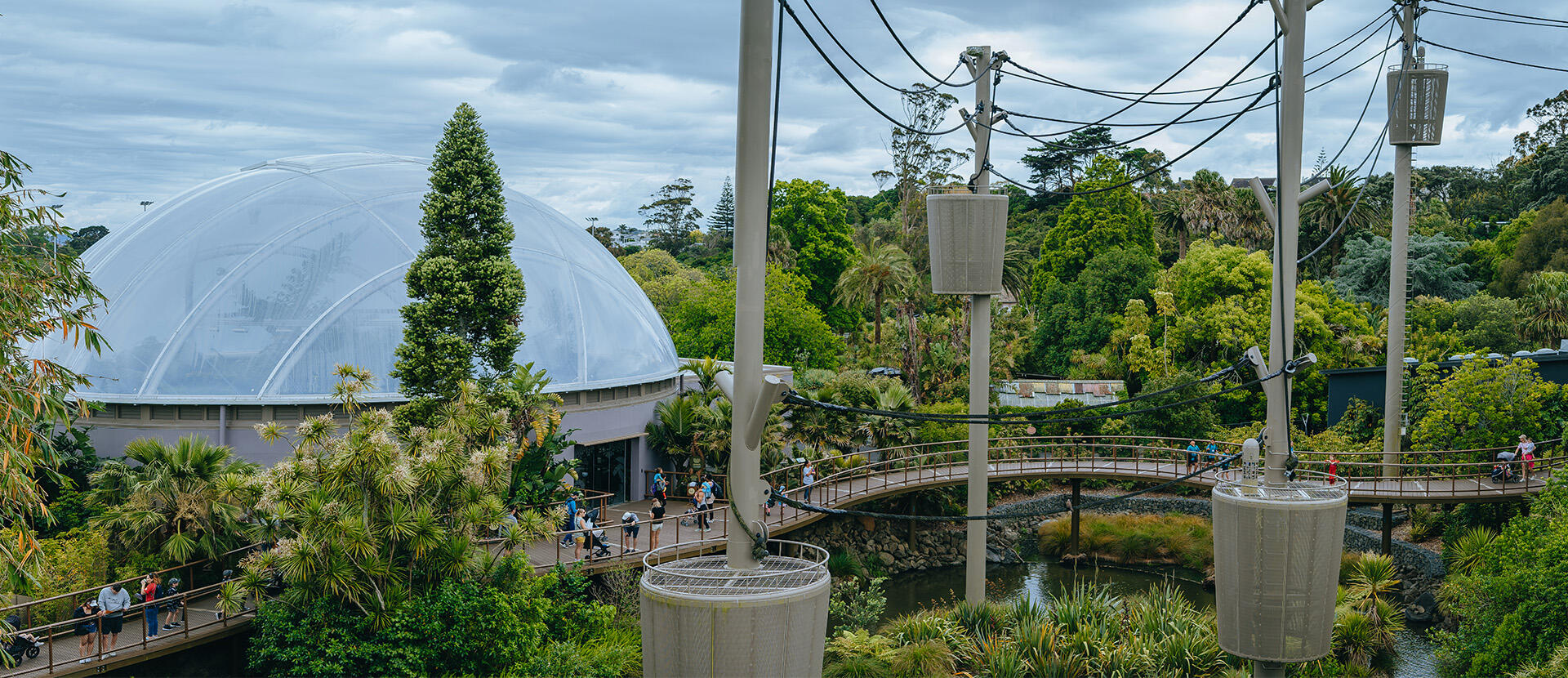Environmental Sustainability
Environmental sustainability - from waste minimisation to responsible use of precious natural resources, is integral to realising Auckland Zoo’s mission, To bring people together to build a future for wildlife. Our use of the planet’s limited natural resources are directly linked to the health of wildlife, of wild spaces and the current and future health and well-being of humans.
Our ongoing journey to operate and evolve sustainably as an organisation across all our Zoo operations is one of our seven strategic commitments.
A key part of this journey is working with our communities and partners to catalyse positive action for our environment and thereby deliver a much larger impact working collectively, than we could ever achieve just on our own.
Our sustainability efforts are focused on responding to key local and global environmental issues – like climate change, habitat destruction and degradation, unsustainable consumption of natural resources, and pollution.
He kapanga manawa o te taiao, he kapanga manawa o te tangata
The heartbeat of nature, is the heartbeat of people






